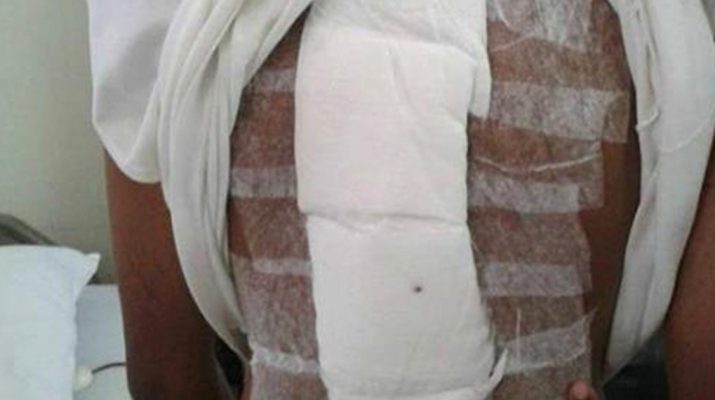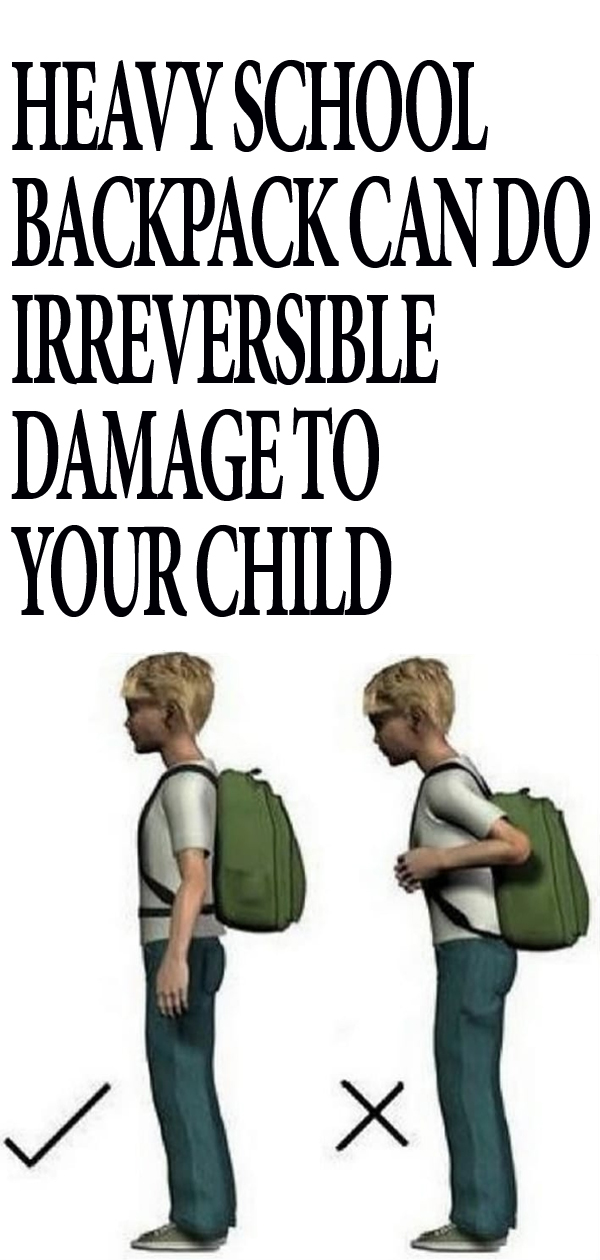The World Health Organization reports that back pain is the leading cause o disability worldwide.
Yet, despite adults, chronic back pain affects children as well, and according to Jonathan Cluett, MD;
“Back pain has been found to occur in children and adolescents at a rate of about 10-30 percent of the population each year! While it may be unexpected to you, back pain is probably not as uncommon as you think. Some of the reasons why back pain in kids may be so common include higher body weights of children and higher rates of obesity, higher intensity and year-round sports activities, and the increasing weight of backpacks worn by young students at the school.”
The Spine Health Institute reported :
“In a large study, over 33% of children between the ages of 11 and 14 years old noted back pain. The students that carried heavier backpacks reported more back pain than those that carried a lighter load. Heavy backpacks are believed to increase lumbar disk compression, lumbar curvature, and muscle fatigue, all of which may lead to back pain.”
Moreover,
“The back will compensate for any load applied to it for an extended period of time. A heavyweight carried in backpacks can:
1. Distort the natural curves in the middle and lower backs, causing muscle strain and irritation to the spine joints and the rib cage,
2. Lead to rounding of the shoulders, and
3. Cause a person to lean forward, reducing balance and making it easier to fall.”
Yet, the biggest problem is the long-term effect of constantly compensating for a heavy load.
John J. Triano, DC, Ph.D., states:
“Habitually carrying backpacks over one shoulder will make muscles strain to compensate for the uneven weight. The spine leans to the opposite side, stressing the middle back, ribs, and lower back more on one side than the other. This type of muscle imbalance can cause muscle strain, muscle spasm, and back pain in the short term and speed the development of back problems later in life if not corrected.
A heavy backpack can pull on the neck muscles, contributing to a headache, shoulder pain, lower back pain, and/or neck and arm pain.”
Caleb Backe, a health and wellness expert for Maple Holistics, agrees:
“Over time, the amount of strain that we put on our bodies due to oversized bags can cause some pretty serious pain and even long-term issues like muscle spasms or a pinched nerve.”
On the other hand, the popular Oklahoma chiropractor Dr. Caleb Spreiter says that off-the-shoulder bags do not solve the problem either:
“We’re creatures of habit and tend to carry things with the same arm.”
He suggests alternating between the shoulders and avoiding bags with thin straps altogether. Additionally, he states that daily stretching can prevent the negative effects of heavy bags, while resistance training shoulder and upper back exercises can strengthen the muscles.
Even though the use of heavy backpacks is still not scientifically confirmed to be a cause of long-term back pain in children and adolescents, most chiropractors and doctors recommend making the necessary changes to prevent any side-effects.
The American Academy of Pediatrics recommends the following precautions:
- Choose a backpack with a padded back and wide, padded shoulder straps
- Remove unneeded items from the bag, and pack heavier items closest to the center of the back.
- The child should always use both shoulder straps.
- The bottom of the backpack should be at your child’s waist.
- If allowed, buy a rolling backpack for your child.
Note that even though back pain is common, you should immediately seek medical attention in the case of:
- Nighttime pain
- Chronic pain
- Incontinence
- Fever
- “Foot drop”
- Unexplained weight changes
- Back pain in a child under the age of 4, or over the age of 70
- Pain after a known injury/trauma
- Numbness or “pins and needles” sensation
- Any history of cancer, low immune function, osteoporosis, or chronic steroid use or IV use


